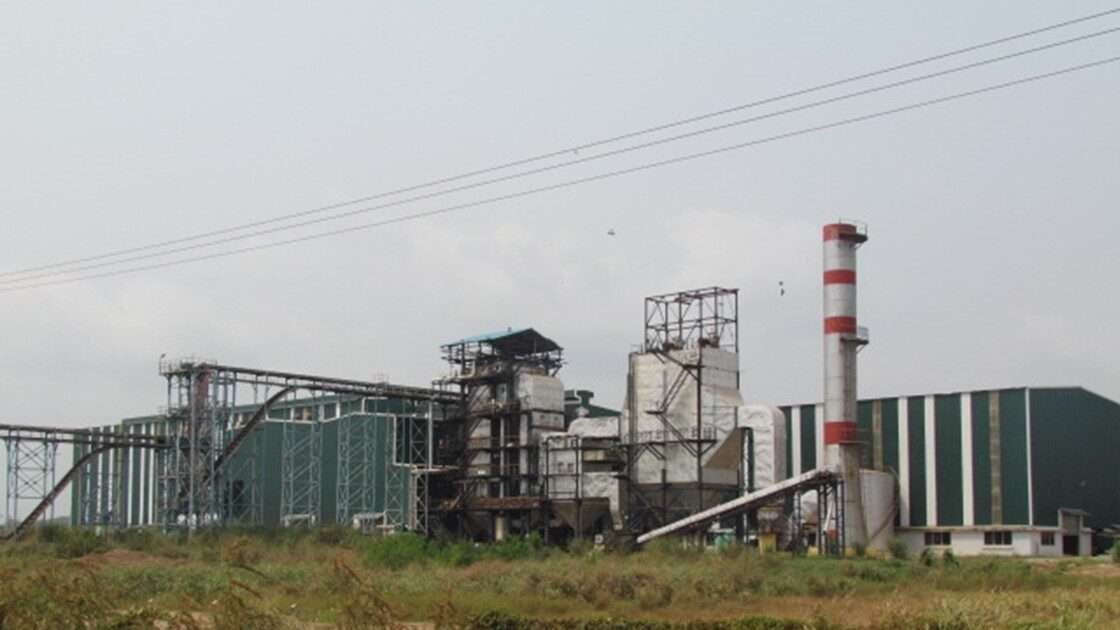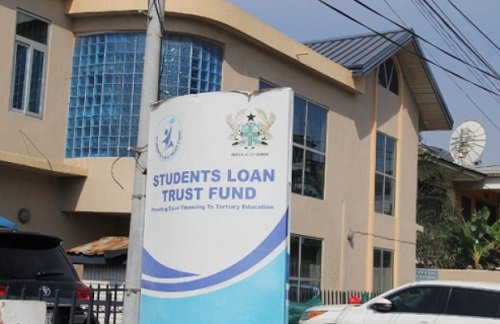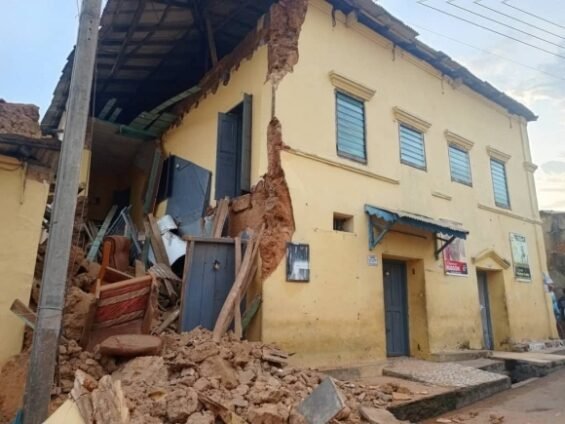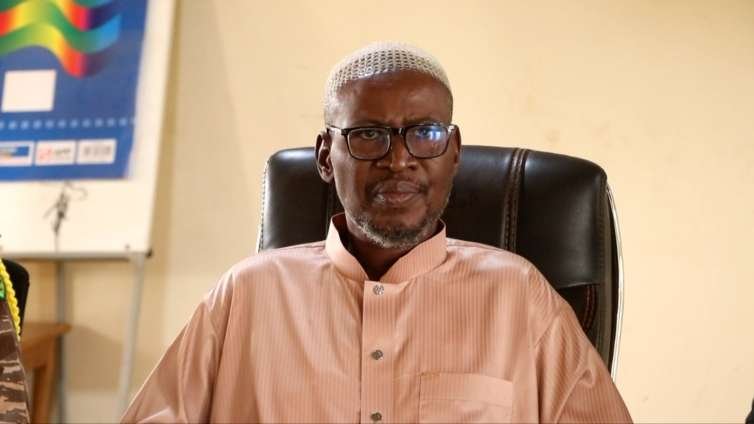The Komenda Sugar Factory stands like a sleeping giant on Ghana’s Central Coast, its rusted machinery frozen in time, its towering silos whispering stories of what could have been. Built in 1964 under Kwame Nkrumah’s industrialization drive, it was meant to be a beacon of self-sufficiency, crushing sugarcane into sweet prosperity for Ghana. Instead, decades of mismanagement and false starts have left it a crumbling monument to broken dreams. Yet today, as politicians make fresh promises and ministers tour its decaying halls, the question lingers: Can this $35 million phoenix finally rise from the ashes?
A Cycle of Hope and Abandonment
The factory’s story is one of revival and relapse. In 2016, then-President John Mahama secured a $35 million loan from India’s EXIM Bank, promising 7,300 jobs and an end to Ghana’s reliance on sugar imports. The fanfare of its commissioning faded quickly. Within months, the machines fell silent. The fatal flaw was simple yet catastrophic: no sugarcane. The factory had been built without securing farms to feed it, an oversight that turned it into what critics call a white elephant.
Years passed, and the factory decayed further. Roofs caved in, weeds swallowed the compound, and unpaid security guards patrolled a graveyard of industrial ambition. Farmers in Komenda, sitting on 3,000 acres of fallow land, watched in frustration as their potential harvests rotted alongside the factory’s promise.
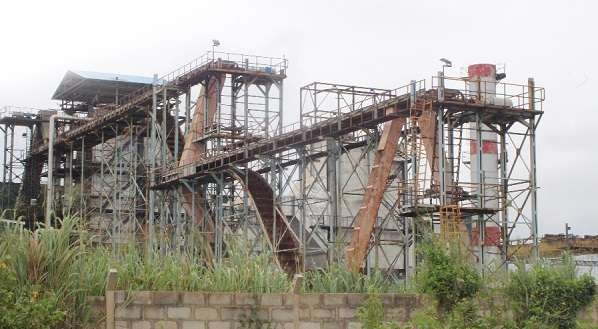
Source: Graphic Online
The Revival That Never Came
In 2022, President Akufo-Addo’s government announced a breakthrough: test runs had produced 12.5 metric tonnes of brown sugar, and repairs were 98% complete. The President vowed to commission the factory by year’s end, declaring, “Great works are going on.” But the year came and went, and Komenda’s gates remained locked.
Now, in 2025, the script repeats. Trade Minister Elizabeth Ofosu-Adjare strides through the derelict facility, her voice echoing in the empty halls. She speaks of an expedited timeline, of sugarcane plantations and ethanol production, of 7,500 jobs under Ghana’s new 24-hour economy policy. The rhetoric is familiar, but the people of Komenda have heard it all before. “Our youth are in Takoradi, Accra, even abroad, searching for work while this factory gathers dust,” laments MP Samuel Atta Mills.
The Politics of Sugar
The factory’s fate is tangled in Ghana’s political rivalries. The NDC blames the NPP for neglect; the NPP accuses the NDC of poor planning. Meanwhile, Mahama, back on the campaign trail, vows to revive Komenda if re-elected, alongside other ghost factories like Pwalugu Tomato and Zuarungu Meat. The Trade Ministry, now led by Ofosu-Adjare, insists progress is imminent: a 20-year lease to an Indian firm, West Africa Agro, and a pledge to plant high-yield sugarcane.

Yet skepticism runs deep. “We’ve been told monies were released, but where are the results?” asks a local farmer. The numbers don’t lie: Ghana still spends $300 million yearly on sugar imports, a hemorrhage Komenda was supposed to stop.
The Last Stand?
For now, the factory remains in limbo, caught between past failures and future pledges. The machinery, though aging, still works. The land, though untended, remains fertile. The people, though weary, still hope. As the sun sets over Komenda, the factory’s shadow stretches long, a silent reminder of what Ghana loses every day it stays idle.
The next chapter is unwritten. Will this be another empty promise, or will Komenda finally taste the sweetness of revival? The answer, like sugar, must come from the cane and the will to plant it.







